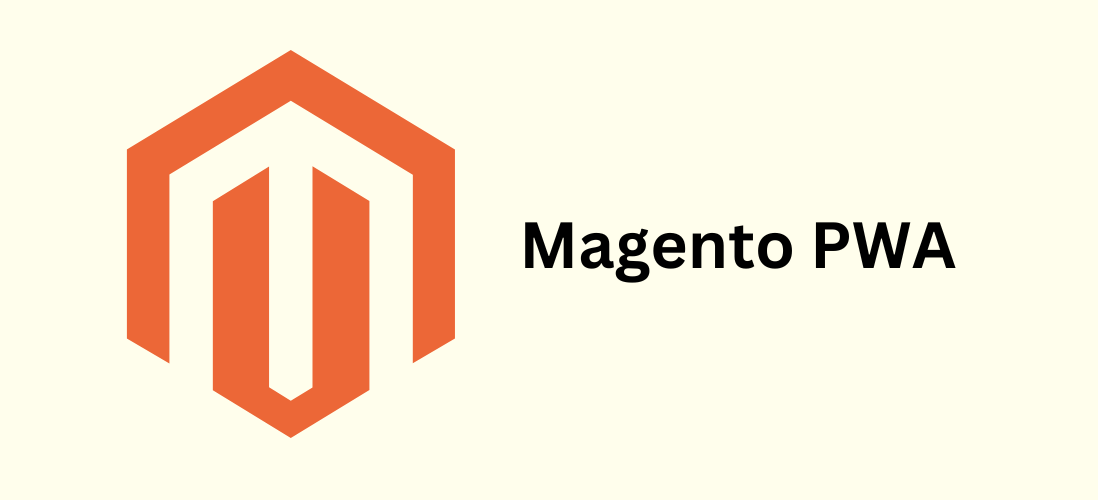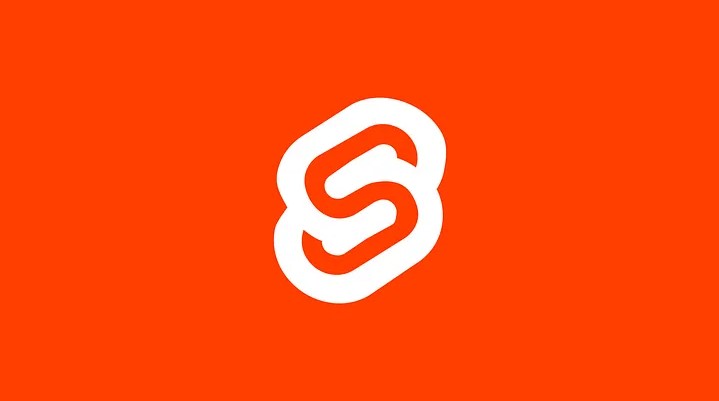If you’re a developer, choosing the right PWA framework is a big deal. It’s like picking the right tools to build a house – the better the tools, the stronger and more impressive the house will be.
In this blog post, we’re going to explore the best frameworks to build a progressive web app. We’ll look at popular options like Angular, which is known for its power, or Svelte, known for its simplicity.
Each of these frameworks has its own special features, and we’re here to help you figure out which one will work best for you. Whether you’re trying to make your app super engaging for users, want it to run really smoothly, or need to get the work done fast, these frameworks have got you covered.
So, are you ready to find out which PWA framework is the best match for your next project? Let’s dive in and start exploring!
Contents
1. Angular

Angular is one of the oldest frameworks that adopts a matured and well-marked methodology. First created by Google in 2010 is Angular based on Javascript. Then they updated the evolution of AngularJS version 1.0, and now the latest Angular version 4.0 has been released.
Angular is designed to be modular, and each element is deeply compatible with other built projects of different frameworks.
Ahead of Time (AOT), a compilation mechanism that, when building PWAs with Angular, would enable a highly speedy and secured application.
Pros
- Angular makes the implementation easy with its clearly defined methodology.
- Receive massive support from a fully grown developer community.
- Suitable for projects at any scale but most ideal is for high-performing projects.
- Reusable components to optimize effectiveness.
- Out-of-the-box concept of AOT to strengthen speed and security.
Cons
- A solid and experienced coding ability, along with a steep knowledge of Typescript (a Javascript superset), is highly requested.
- Poor options and limited accessibilities for search engines’ crawlers.
2. React

Released by Facebook in 2013, React can also be known as React PWA open source library. This dynamic PWA ecosystem is highly accepted and appreciated among developers after a short introduction.
More specifically, React framework comes with extensive Javascript libraries that allow developers to have more flexibility in development by providing detailed documents and advanced tools. The JS framework is adopted for single and multi-page application creation.
The ‘Create React app’ package can speed up the PWA building process by allowing little to no configuration, thus leveraging PWA as a new standard for websites.
The one factor that makes React an ideal progressive web app development framework lies in its virtual Document Object Model, or DOM. This is why you can make custom changes to the UI (user interface) without the need to rework the whole page and the risk of difficulties with the rendering process.
Pros
- The enormous, helpful development community and a mature ecosystem as a backup.
- No need to equip heavy codes for the libraries as you can change the page right in its virtual memory.
- Useful DOM and various rendering optimization help faster page loading time.
- Excellent server-side solutions for a rich interactive PWA.
- All sizes of PWA projects are applicable.
- Easy to learn and use with Model-View-Controller (MVC model).
Cons
- React PWA requires a separate JSX from Javascript, thus making the migration from other frameworks like Angular to React more complicated.
- Limited documentation as updates is regularly made over just a short period.
- The viewport compromises only UI app layers, so developers need to add different technologies for a complete toolset.
3. Polymer

Google created the Polymer toolkit using in-built HTML and Javascript. This open-source PWA framework contains well-sorted documentation along with manifold templates, web elements, and tools to use.
Polymer’s source code doesn’t need custom changes by allowing developers to recreate HTML components to their own needs and integrate them into the web app.
With more than 22,000 stars on GitHub, Polymer gradually gains great authority and trust from programmers. Polymer is one of the best-simplified operations, thus making it more promising for progressive web app development.
Pros
- Separate components for the ease of reusable.
- Convenience for across JS libraries integrations.
- Data is synchronizable across multiple devices.
- Well-structured documentation for quick and easy onboarding.
- Both one-way and two-way data binding are accessible through Polymer.
Cons
- Lack of clear explanation for web components understanding and how it could be exploited for large-scale projects.
- Issues with mobile device: Several users have reported Polymer’s performance to be poor on mobile phones.
4. Ionic

Ionic is another powerful PWA tool that is open source and free for use. Based on a combination of Apache Cordova and Angular, Ionic is leveraged to operate on an advanced tech heap.
The enhancement of Ionic comes from the fact that it takes advantage of highly approved web technologies such as HTML, CSS, and JavaScript. Plus, it adopts optimal practices for mobile devices like touch-minimizing gestures, and accelerated transitions for hardware.
With Cordova plugins, native app features can be brought into PWA easily to run in browsers. Adaptive Styling helps Ionic-based apps to have a satisfying visual and user experience. Ionic high-performing apps result from native SDK features and native app UI principles adherence.
Pros
- Short learning curve.
- Supportive and highly evolving community.
- Powerful tools like Stencil and Workbox are accompanied for notable web page rendering and loading performance optimization.
- Detailed guides and clear, concise explanation comes along.
- Equipped with plentiful tools to cover PWA functionality from pre-build routing to UI components to unit tests.
- Save time for devs who used to work with Angular or are familiar with it, supports other famous frameworks like React, Angular, and Vue.
- Scale down the costs of development, hiring web developers, and codebase maintenance.
Cons
- Tiresome and time-consuming when regularly redesigning the current PWA is required due to updates.
- Debugging a built app with Ionic can be a huge challenge because of ambiguous messages along the way.
- Ionic can’t independently perform with native plugins but instead must be converted into Javascript.
5. Vue

Vue is a widely known open-source framework supported by a global team under the license of MIT distribution, with prominent features. This community is also among the most rapidly evolving libraries.
In the heart of Vue and React, they share many things in common. They both use the virtual DOM to represent the actual one for a lightweight and competent replacement. They both provide additional packages.
On the contrary, React prioritizes the majority of Javascript-based operations, taking the more advanced approach. In comparison, Vue aims for well-established web technologies like HTML, and CSS to help beginners shorten the learning curve.
Vue makes the coding process easier significantly with, firstly, the appearance of CLI3, a functional PWA set. Secondly, the extra supporting features available, such as Nuxt.js for an impeccable one-page app.
Pros
- Favorable towards front-end newcomers.
- Firmly set the standard for smaller progressive web app development solutions.
- Enables fast app delivery effectively.
- Contributes detailed and concise documentation.
- Virtual DOM utilization for improved web page rendering.
Cons
- The benefit of flexibility in return causes unsettled issues and pending PWA framework usage during project development.
- Smaller support team and developer community compared to others.
6. Magento PWA Studio

Magento PWA Studio represents a significant stride in ecommerce technology, specifically for those utilizing Magento 2.3 and above. It is essentially a collection of developer tools designed for building, deploying, and maintaining Progressive Web App (PWA) storefronts on the Magento platform.
The studio leverages modern tools and libraries, offering a build system and framework that aligns seamlessly with Magento’s principle of extensibility.
Comprising three main components – the PWA build pack, custom React hooks and components, and the Venia theme package – PWA Studio stands out as a comprehensive solution for modern ecommerce needs.
Pros
- Built-in compliance with Magento’s code standards, reducing code conflict issues and ensuring smooth PWA operations.
- The tools and libraries provided are configured and ready for immediate use, saving developers valuable setup time.
- The architecture of PWA Studio accelerates the building process of Progressive Web Applications.
- The simultaneous updating of both Magento and PWA Studio streamlines the maintenance process
Cons
- The Venia storefront, the default theme for PWA Studio, has been criticized for its lackluster design.
- The Venia storefront lacks several core Magento features and is not fully optimized for mobile.
- Frequent updates by Magento can lead to compatibility issues with third-party extensions or add-ons.
7. Svelte

Svelte stands out in the realm of JavaScript frameworks for its unique approach to building user interfaces.
Unlike traditional frameworks that add overhead by working on top of the virtual DOM, Svelte shifts much of the work to compile time, producing highly efficient, imperative code that updates the DOM.
This results in a lightweight, easy-to-use framework that generates small, fast-loading code bundles, making it an excellent choice for both new and experienced developers in web development.
Pros
- Intuitive drag-and-drop interface
- Enhanced loading and execution speeds
- Simple and easy-to-learn syntax
- Quick download and installation
Cons
- Lacks a large, established community
- Less comprehensive documentation
How to Choose The Most Suitable PWA Framework

Selecting the right Progressive Web App framework is a critical decision that can significantly impact the success of your project. It involves a thorough assessment of various factors, from the scale of the project to the specific requirements of your business. To aid in this decision-making process, consider the following questions:
- Project Scale: Is your project large or small scale? Different frameworks cater to varying project sizes, with some being more suitable for complex, large-scale applications and others better for smaller, simpler projects.
- Development Team: Assess the size and expertise of your development team. What are their technical strengths and limitations? Choose a framework that aligns with their skills and experience to ensure efficient and effective development.
- Time and Budget Constraints: Consider your timeline and budget. Some frameworks can accelerate development and are more cost-effective, making them ideal for tight schedules and limited budgets.
- Compatibility with Existing Systems: If your business already uses certain technologies or platforms, ensure the PWA framework is compatible with them to avoid integration issues.
By meticulously answering these questions, you can narrow down your options and select a PWA framework that best fits your specific project requirements, team capabilities, and business objectives.

